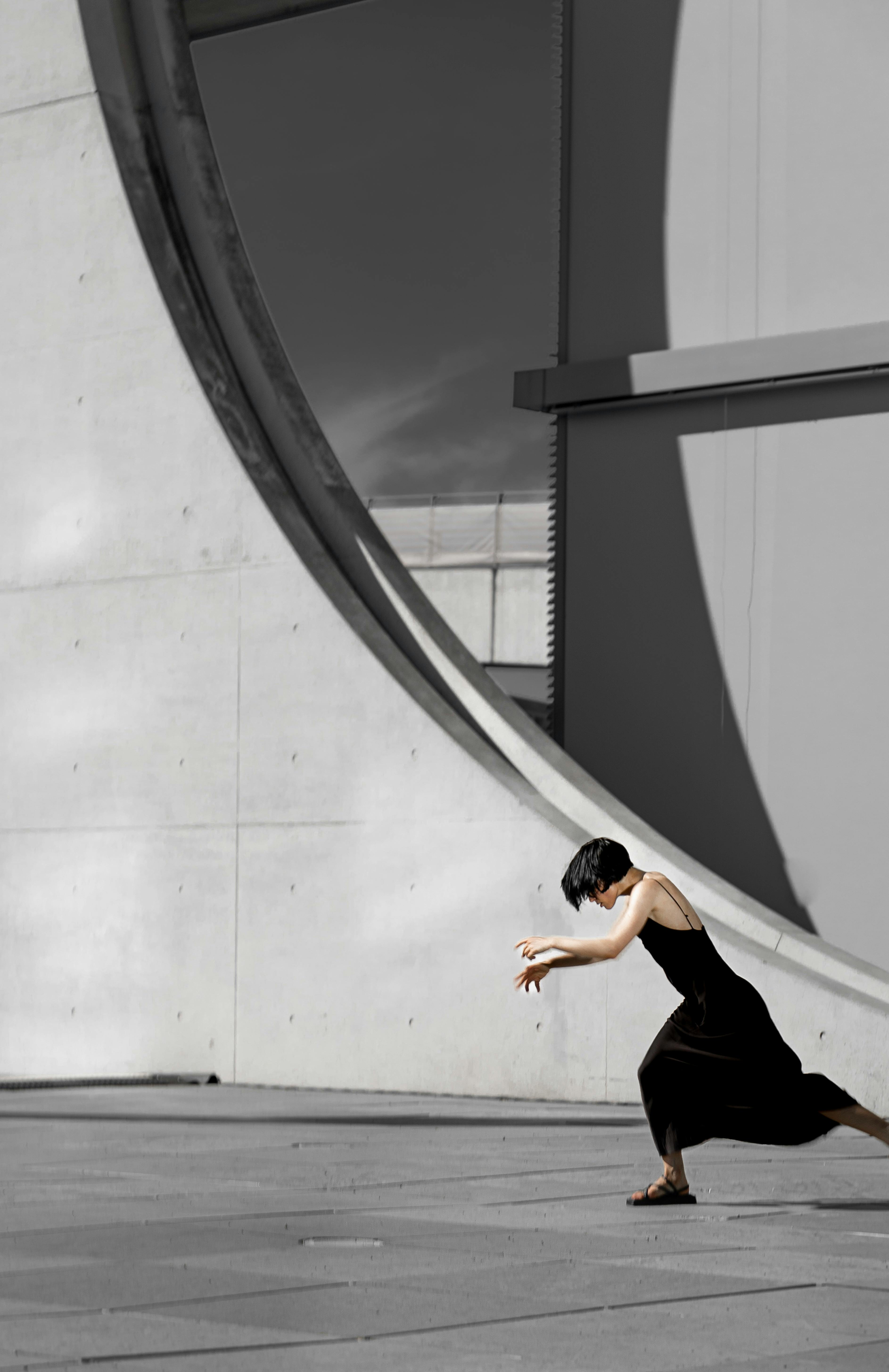Fostering Harmony: The Symbiotic Dance of Classical Music and Modern Cinema
The world of cinema has always been a place where various artistic mediums collide to create immersive and captivating experiences. One such art form that has woven itself into the fabric of film production is classical music. This article explores the intriguing, continually evolving relationship between classical music and modern cinema, while delving into their historical roots, current developments, and the profound impact they have on each other.

Historical Ties: A Symphony of Sight and Sound
The bond between classical music and cinema is as old as the art of filmmaking itself. Silent films relied heavily on piano and organ music to convey emotion and provide narrative context. With the advent of “talkies,” full orchestras were employed to create grand, sweeping scores that added depth and emotion to the cinematic experience. Classical composers like Sergei Prokofiev and Aaron Copland began creating music specifically for films, bridging the gap between the concert hall and the silver screen.
Present-day Resonance: The Current Symphony
Today, the relationship between classical music and cinema has evolved into a symbiotic dance. Modern filmmakers incorporate classical pieces into their films, not just as background scores but as integral narrative elements. Simultaneously, classical music has seen a resurgence in popularity due to its association with popular films. For instance, Max Richter’s recomposition of Vivaldi’s Four Seasons was used to great effect in the film ‘Arrival’, introducing a new generation of listeners to the beauty of classical music.
The Impact: A Reciprocal Influence
The influence between classical music and cinema is mutual. While films introduce audiences to classical music, the music itself enhances the cinematic experience. The swelling strings of a symphony can amplify the emotional impact of a scene, while the subtle nuances of a piano concerto can underscore a character’s internal struggle. Classical music lends films an air of sophistication and depth, and in return, films give classical music modern relevance.
The Significance: Beyond the Screen and the Stave
The convergence of classical music and cinema is not merely an artistic collaboration. It is a cultural phenomenon that carries significant implications. It challenges the notion that classical music is an elitist form of art, inaccessible to the average person. By integrating classical music into popular cinema, filmmakers are democratizing the art form, making it accessible to a wider audience.
A Harmonious Future
The continual interplay between classical music and modern cinema is a testament to the transformative power of art. As filmmakers and musicians continue to experiment and collaborate, we can look forward to a future where these two art forms continue to inspire, influence, and enrich each other. The dance continues, and the symphony plays on.
In the world of the arts, every form influences and feeds off the others, creating a rich tapestry of creative expression. The relationship between classical music and cinema is a prime example of this symbiosis. It is a bond that has not only stood the test of time but continues to evolve, reflecting the ever-changing landscape of human creativity.




